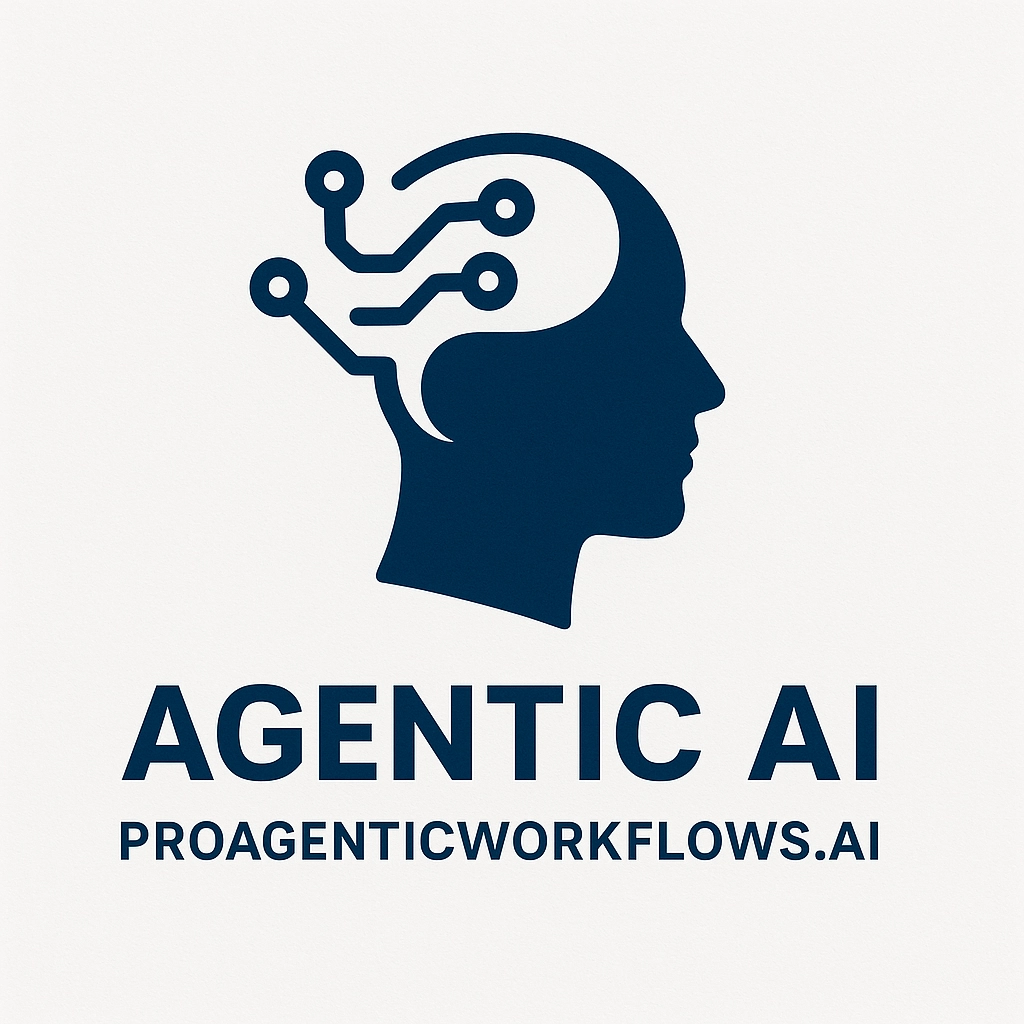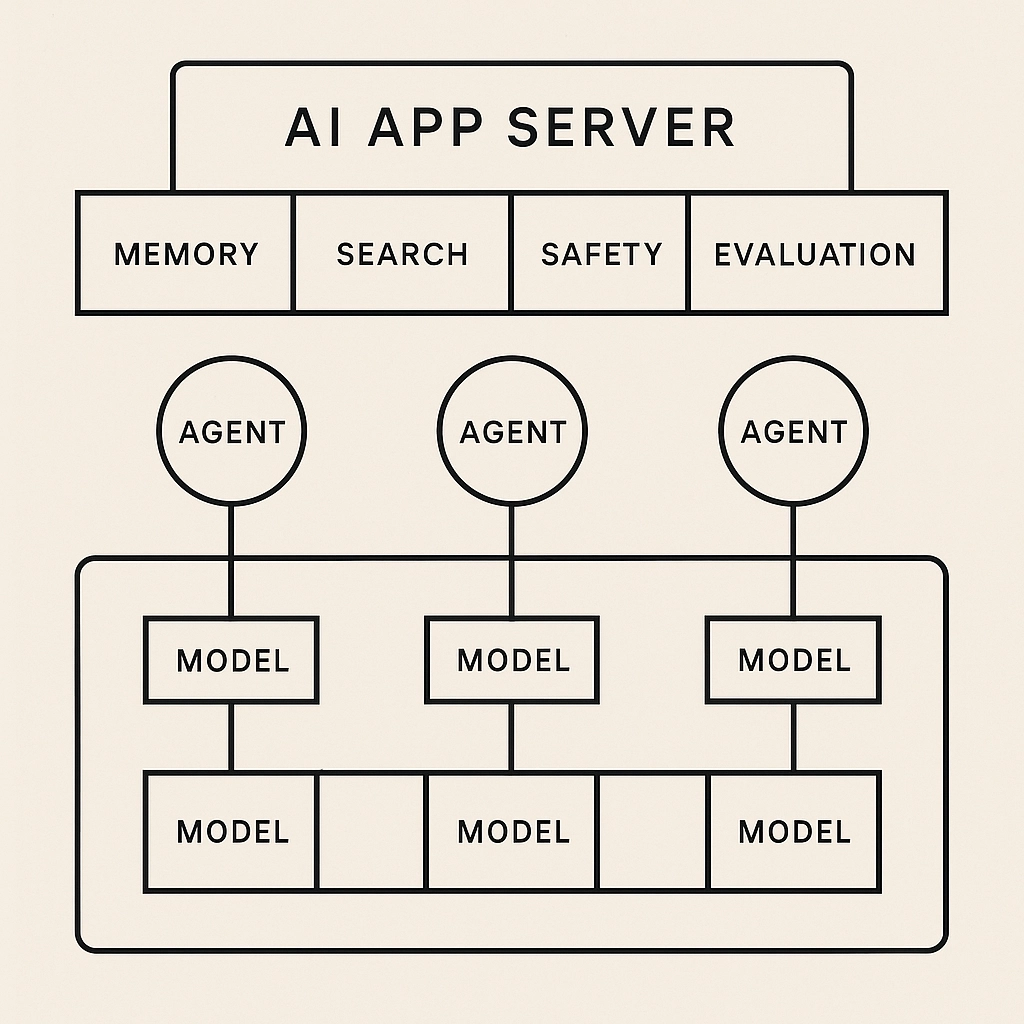For years, chatbots have served as a frontline tool for businesses looking to improve their customer service, offering instant answers to routine questions and basic support. However, as technology evolves, so do customer expectations. Today, customers are not just seeking quick answers—they want personalized, seamless, and context-aware interactions. This is where Generative AI (GenAI) steps in, transcending the limitations of traditional chatbots and revolutionizing customer experience (CX) in ways that were once considered the stuff of science fiction.
In this blog, we’ll explore how GenAI is reshaping the landscape of customer service and what businesses must do to stay ahead of the curve.
The Evolution: From Chatbots to Generative AI
The Chatbot Era
When chatbots first emerged, they were hailed as a solution to managing high volumes of customer queries. They excelled at automating routine tasks such as answering FAQs or guiding users through simple processes like password resets. But chatbots have significant limitations. Their responses are often pre-programmed, rule-based, and static. If a customer asks something out of scope, the chatbot fails to deliver a satisfactory answer, often leaving the customer frustrated and forcing them to seek human intervention.
Enter Generative AI
Generative AI, powered by large language models (LLMs), represents the next step in this evolution. Unlike traditional chatbots, GenAI doesn’t just rely on pre-programmed responses. It can generate nuanced, context-aware, and dynamic interactions based on real-time inputs. These capabilities are enabling brands to move beyond mere automation and into an era of personalization, empathy, and truly intelligent customer support.
How GenAI is Transforming Customer Experience
1. Personalized and Contextual Interactions
Today’s customers expect more than just generic responses. They want brands to know them—their preferences, past interactions, and even their current mood. Generative AI excels in personalization by processing large datasets, including customer behavior, purchase history, and demographic data, to offer tailored responses and recommendations. For instance, an AI-powered system can generate personalized travel itineraries based on previous bookings, suggest products that complement past purchases, or even alter its tone based on detected customer sentiment.
This level of personalization creates a deeper connection between the brand and the customer, making interactions feel more human and less transactional.
2. Real-Time Problem Solving
Traditional chatbots often lack the capability to handle complex, multi-faceted problems. However, GenAI can evaluate a customer’s problem in real-time, assess multiple factors, and generate a comprehensive solution. Whether it’s helping a customer troubleshoot a technical issue, providing complex financial advice, or guiding them through intricate product configurations, GenAI leverages its expansive understanding of language and data to offer solutions that are both quick and effective.
For example, in e-commerce, GenAI can help resolve an issue where a customer needs to change their order but also apply a discount they missed during checkout—an interaction that previously would have required human intervention.
3. Cross-Channel Consistency
One of the biggest challenges for businesses is ensuring a consistent customer experience across multiple channels—whether it’s email, social media, or live chat. With GenAI, consistency is no longer an issue. These AI systems can unify customer interactions across platforms, ensuring that the messaging and service level remain constant regardless of how or where the customer engages with the brand.
Imagine a customer starting a conversation over email, continuing it via social media, and finally concluding it through live chat—all with a seamless transition, where the AI is already aware of the customer’s history, issues, and preferences.
4. AI Co-pilot for Customer Support Agents
Generative AI isn’t just about replacing human agents; it’s about augmenting them. AI acts as a co-pilot, assisting customer support representatives by offering real-time suggestions, pulling relevant data, and suggesting possible solutions during live interactions. This enhances agent productivity, reduces time spent searching for information, and ensures the customer receives the most accurate and helpful response possible.
This blend of human intelligence and AI support delivers faster, more effective customer service, improving overall satisfaction rates.
Practical Use Cases: How GenAI is Already Enhancing CX
1. Proactive Customer Support
Generative AI can identify patterns in customer behavior and anticipate their needs before they even articulate them. For example, if a customer frequently checks a particular product but never purchases, AI can trigger a proactive message offering a discount or additional information that might convince the customer to proceed.
Proactive engagement shows customers that the brand is not just reactive but genuinely interested in providing value, which fosters loyalty and improves retention.
2. Automated Knowledge Creation
Creating and maintaining an up-to-date knowledge base or FAQ section is resource-intensive. GenAI simplifies this by generating content automatically based on past interactions and frequently asked questions. It can also summarize complex product details into customer-friendly formats or generate training material for internal teams based on the latest trends.
This not only reduces the burden on customer support teams but also ensures customers always have access to accurate and relevant information.
3. Enhanced Voice and Multimodal Interactions
Beyond text-based interactions, GenAI is revolutionizing voice-based customer service. AI systems can handle complex voice commands and conversations, making phone-based support more efficient. With advances in speech-to-text and NLP, voice assistants are becoming as capable as human agents, and their ability to handle multimodal inputs (voice, text, images) opens new possibilities for CX.
For instance, customers can take a photo of a product issue and submit it along with their query via voice or chat, and the AI will analyze the image in conjunction with the conversation to deliver a solution.
Overcoming the Challenges of GenAI in CX
While the benefits of GenAI are significant, businesses must be aware of the challenges that come with its adoption.
1. Bias in AI Models
AI systems are only as good as the data they’re trained on. If the training data contains biases, AI can perpetuate those biases in its interactions, leading to potential ethical issues. Businesses must ensure continuous model refinement and use diverse datasets to reduce the risk of bias.
2. Data Security and Privacy
With GenAI systems analyzing vast amounts of customer data, security is a paramount concern. Organizations must ensure that AI systems comply with regulations like GDPR and CCPA, maintaining customer trust by safeguarding their data and ensuring that AI-generated interactions are secure and private.
3. Integration with Existing Systems
Seamlessly integrating GenAI into existing workflows and tools can be a challenge. Businesses need to ensure that the AI systems work in harmony with legacy systems, CRM platforms, and other backend technologies to provide a unified customer experience.
Governance and Best Practices for Responsible AI Use
To unlock the full potential of Generative AI, businesses must establish clear guidelines and governance structures for responsible usage. This includes:
Creating a governance team: Composed of stakeholders from different departments, including marketing, IT, and legal, to ensure responsible AI use.
Defining roles and responsibilities: Clearly outlining who is responsible for AI oversight, content generation, and accuracy verification.
Monitoring performance: Establishing metrics for tracking the performance and accuracy of AI-generated content.
Ensuring continuous improvement: Incorporating feedback loops to improve AI models over time, ensuring they adapt to changing customer needs.
Looking Ahead: The Future of GenAI in Customer Experience
The impact of GenAI is only set to grow, as future applications could include AI-powered personal assistants handling entire customer journeys from research to purchase to post-purchase support. Integrations with the Internet of Things (IoT) could enable GenAI to predict customer needs based on real-time environmental data, like a smart fridge ordering groceries based on usage patterns.
Moreover, enhanced virtual and augmented reality (VR/AR) experiences could see GenAI powering virtual store assistants, delivering even more immersive and personalized shopping experiences.
Conclusion: Embrace the Future of Customer Experience with GenAI
The future of customer experience lies in the capabilities of Generative AI. Businesses that harness the power of GenAI will not only be able to provide faster, smarter, and more personalized interactions but will also build stronger relationships with their customers, ensuring loyalty and satisfaction in an increasingly competitive landscape.
As we move beyond the chatbot, it's clear that GenAI is revolutionizing customer experience in ways that will define the future of business-customer interactions.
This expanded blog outlines the full potential of GenAI, detailing how it moves beyond traditional chatbot capabilities to truly revolutionize the customer experience.






Comments